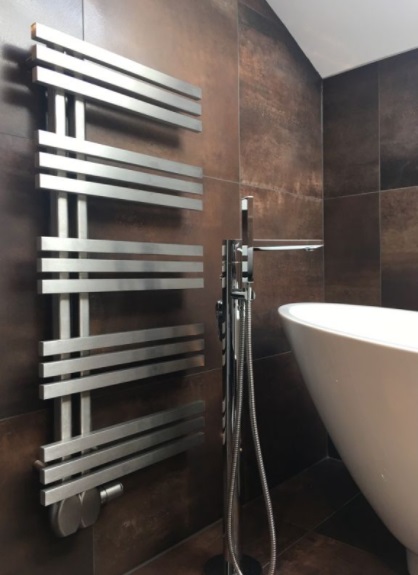You’re not alone if you’re considering replacing your old, basic radiators with something more stylish and intriguing. In recent years, designer radiators have become increasingly fashionable, and you can now choose from a wide variety of types and sizes. People are considerably pickier these days, and want a radiator that is a focal point and matches the rest of their home, whereas white, horizontal convector radiators used to be the only option. With so many different styles to select from, finding a stylish radiator has never been easier. However, whether they are more efficient than their traditional counterparts is a topic that is frequently disregarded.
Efficiency that is determined by the design
When it comes to selecting a designer radiator, you’ll quickly discover that there are numerous options. It’s critical to understand the various aspects that influence the efficiency of one designer radiator over another.
Shape
The shape of a designer radiators might indicate whether or not it is effective at distributing heat. As a general rule, the larger the surface area of a radiator, the more heat it will produce. A designer panel radiator with dimensions of 600x 400mm, for example, will produce more heat than a designer heated towel rail with identical size. The radiator simply has a larger surface area to distribute heat over.A horizontal designer radiator, for example, may be slightly more efficient than a vertical one. The reason for this is that, when compared to a narrower vertical rad, a horizontal rad has a broader width to draw up cold air for convection. If you have limited wall space, the fact that you can install a vertical radiator comfortably will likely overcome the tiny efficiency difference.
Color
Designer radiators are available in almost any color. People want a choice when it comes to matching their radiators to their fixtures and fittings, accessories, furniture, or interior design plan, and radiator manufacturers are well aware of this. As a result, your primary focus should be on what looks best in your home rather than on obtaining the best deal.
Particle
Not all radiator materials are made equal, and the type of metal used to make your designer radiator can affect its efficiency. Most designer radiators are made of mild steel, which isn’t the worst but also isn’t the best conductor of heat. Mild steel works well for distributing heat around a room and is commonly used as a radiator material due to its versatility. It works well for heating rooms, is inexpensive to produce, and is simple to bend into shape. Mild steel designer radiators are thus a cost-effective and energy-efficient solution for the user.If you really want to get the most out of your designer radiator, aim for one constructed of aluminium.Becausealuminium is a good heat conductor, your aluminium radiators will reach their optimal temperature quickly and with less gas and water than mild steel radiators. Aluminium designer radiators are initially more expensive than radiators made of other materials, necessitating a larger upfront expenditure in exchange for lower monthly bills.

